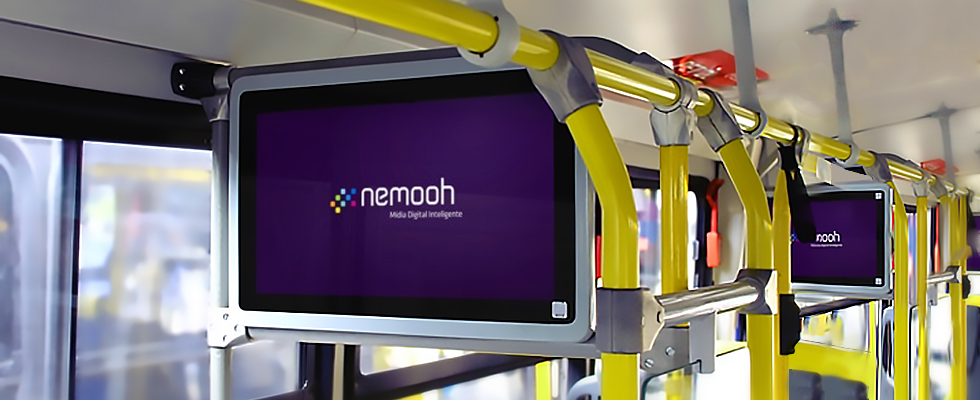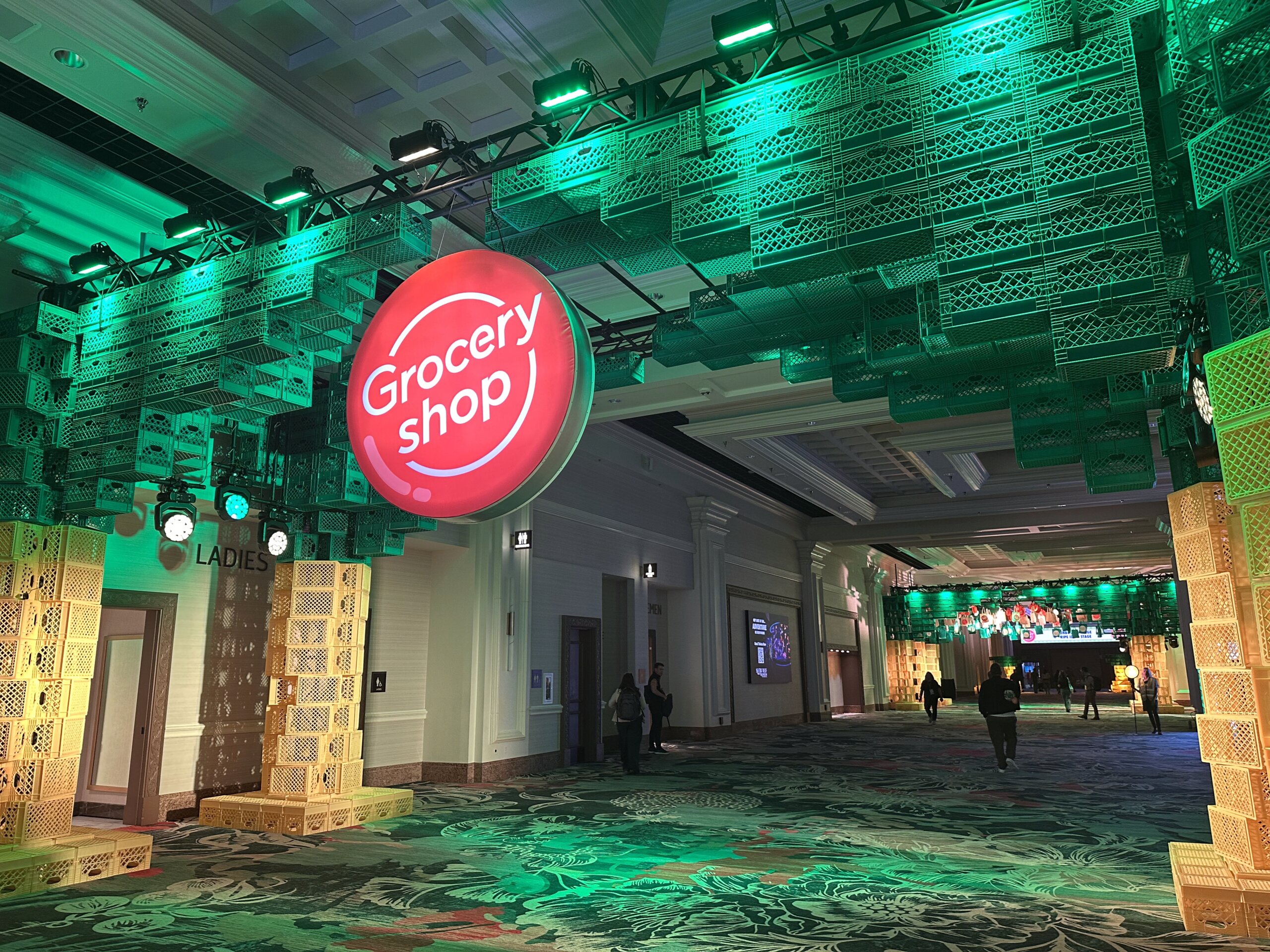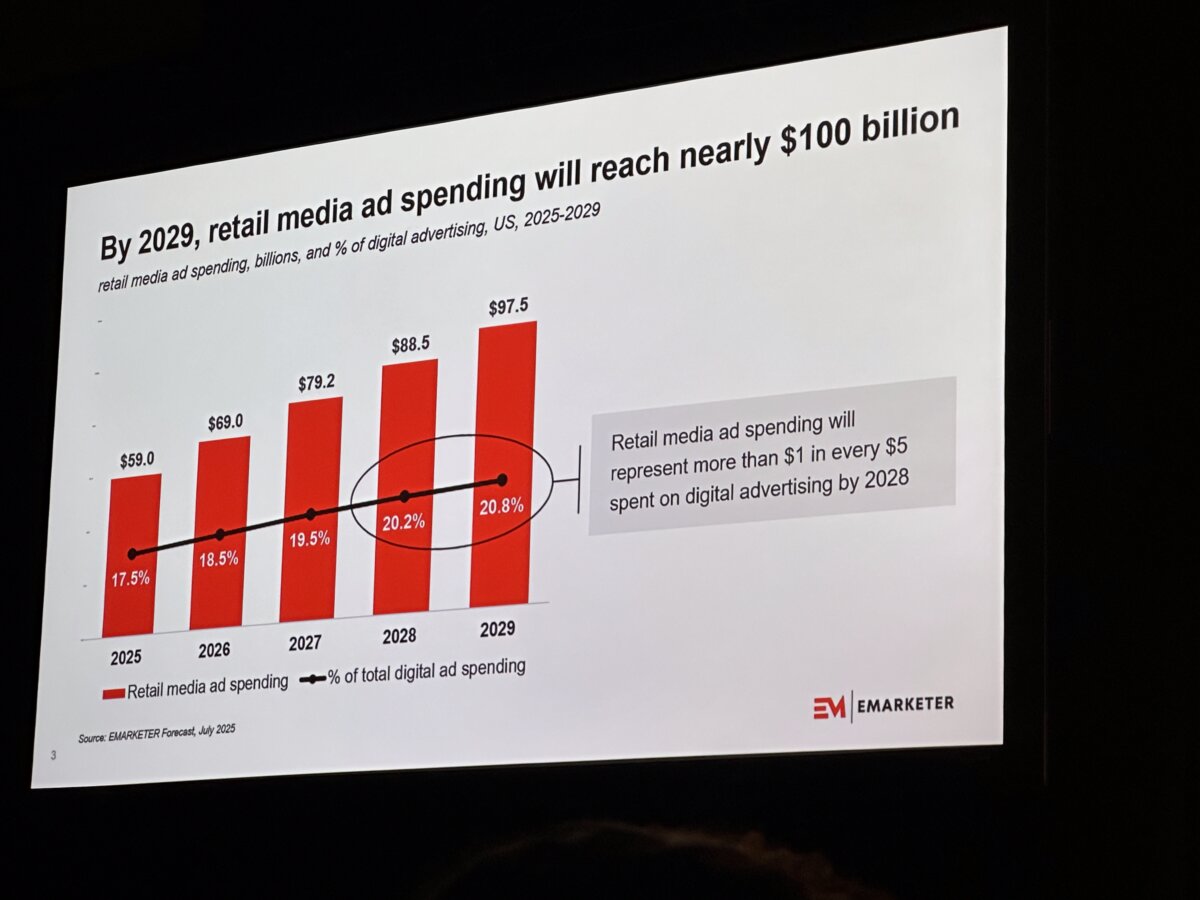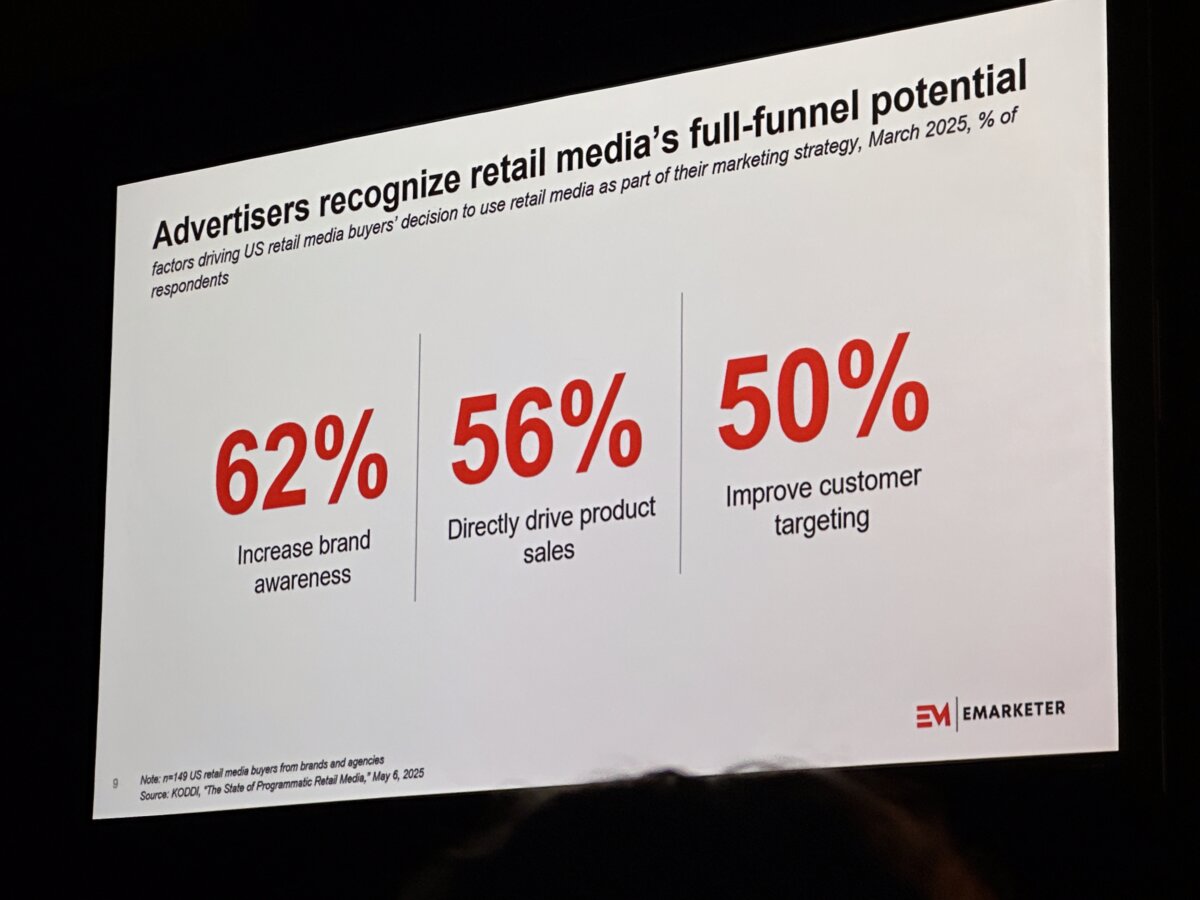| October 11, 2021
Nemooh Servicos de Mídia LTDA Deploys Digital Signage Bus Network with Broadsign International, LLC Software
1,000 screens in 500 buses across Sao Paulo inform and entertain millions of mass transit users.
Sao Paulo, Brazil. July 22, 2014. Prominent Brazilian digital signage transit network, Nemooh Servicos de Mídia LTDA, has deployed its first 1,000 screens in 500 buses with Broadsign International LLC’s digital signage software platform. Expansion plans involve attaining 4,000 screens in 2,000 buses by the end of 2015.
The vandal-proof, 22” LED displays in Nemooh Mídia buses are viewed by 11.3 million people in Sao Paulo per month, playing real-time news, entertainment, sports and health tips spaced between the likes of bank, telecom and government ads. A typical content loop is 60 minutes of 15 second slots- a format suited to commuters who watch the screens on lengthy daily commutes.
“Having worked in digital media for over 15 years, I can say that Nemooh Mídia brings the most advanced technology to Sao Paulo’s buses,” said Luciano Ramo, Executive Director at Nemooh Mídia. He continued, “operating on ad-based revenue, Broadsign allows us to present advertisers with proof of play reports instead of memory card solutions, and provides our network with proven strength, reliability and stability. Nemooh Mídia aspires to be the biggest digital signage network in Brazilian buses and views Broadsign as a safe bet given its many other enterprise-level customers.”
“This deployment is the result of a partnership that began in 2007 upon realizing that Broadsign and Nemooh Mídia shared a vision of digital out-of-home’s potential in Brazil,” said Skip Beloff, Vice President of Sales at Broadsign. “Years later, our shared success is recognized by Nemooh Mídia’s 23% and growing market share, along with a strong presence of Broadsign customers across the country.”
A testament to its support of and integration in Brazil’s digital signage industry, Broadsign is the Conference Sponsor of the first Brasil Signage Expo, held on September 18 and 19. Attendees are invited to book a meeting with a Broadsign representative to discuss how Broadsign’s digital signage software can meet the needs of their networks.
About Broadsign
Broadsign International, LLC is the first global provider of cloud-based software for digital signage networks. Its platform was designed exclusively as a management system for media companies operating digital out-of-home and digital place-based media networks, giving them an unlimited capacity for growth without adding personnel. After over a decade in the industry, Broadsign’s latest incarnation, Broadsign X, has become a mature and reliable fit for all digital signage software needs and its Android-based smart player, Broadsign Xpress, has decreased the cost of deploying digital signage compared to PC-based hardware alternatives. Broadsign’s constant growth, extensive network and dedication to predicting and responding to industry trends make its digital signage solutions a safe bet for the future of networks with even the most complex of requirements. For more information about Broadsign, visit https://broadsign.com.
About Nemooh Mídia
Nemooh Mídia is one of the leading digital signage networks in Brasil with a fast growing network of 500 buses in Sao Paulo, Brasil. We are passionate about high level contents and technology. Our network is the first and only online in Sao Paulo, delivering many relevant contents to watchers in real time.



